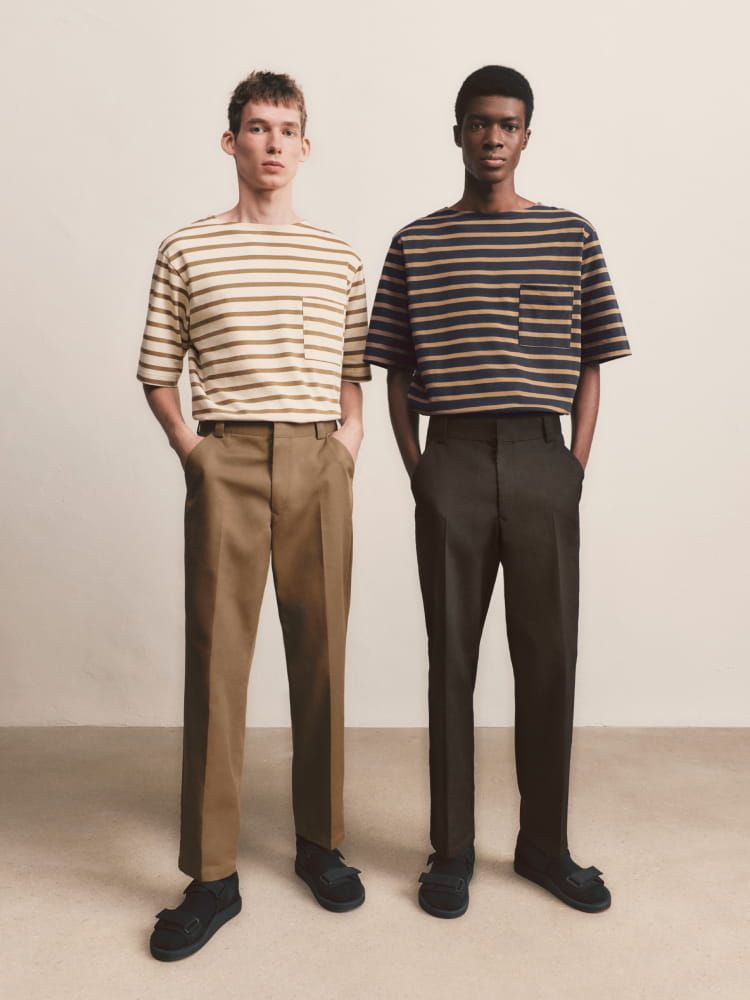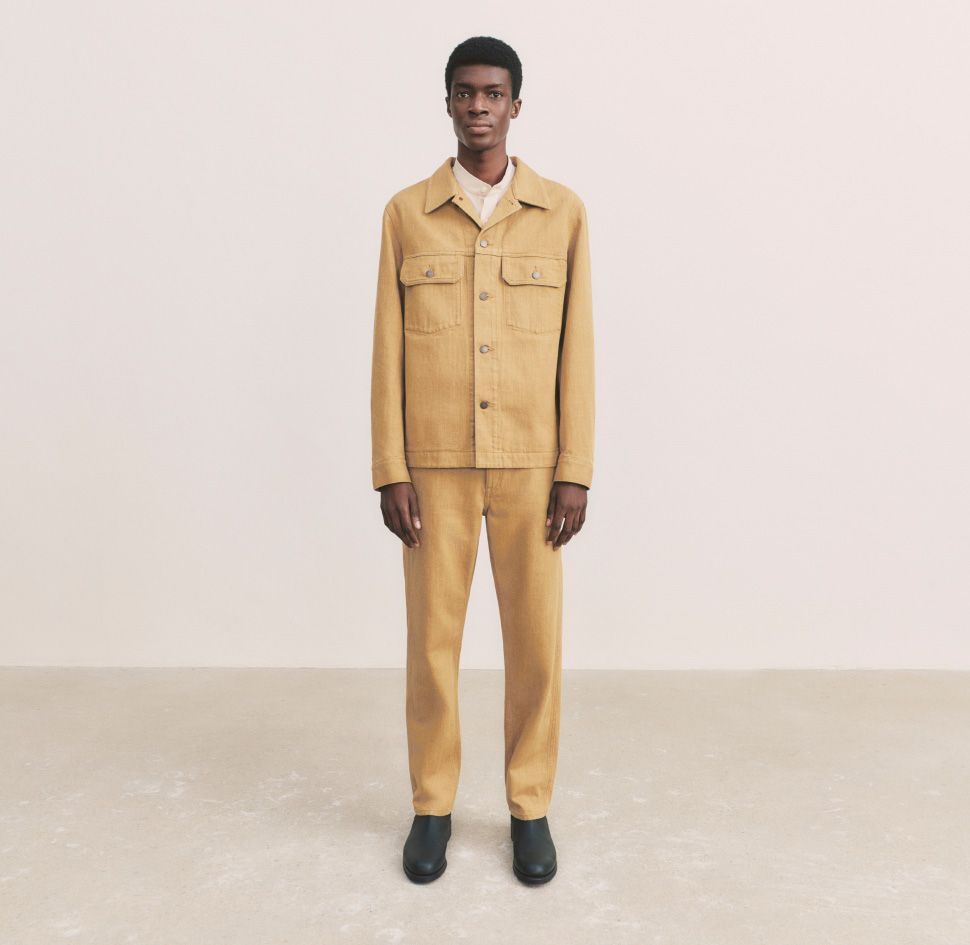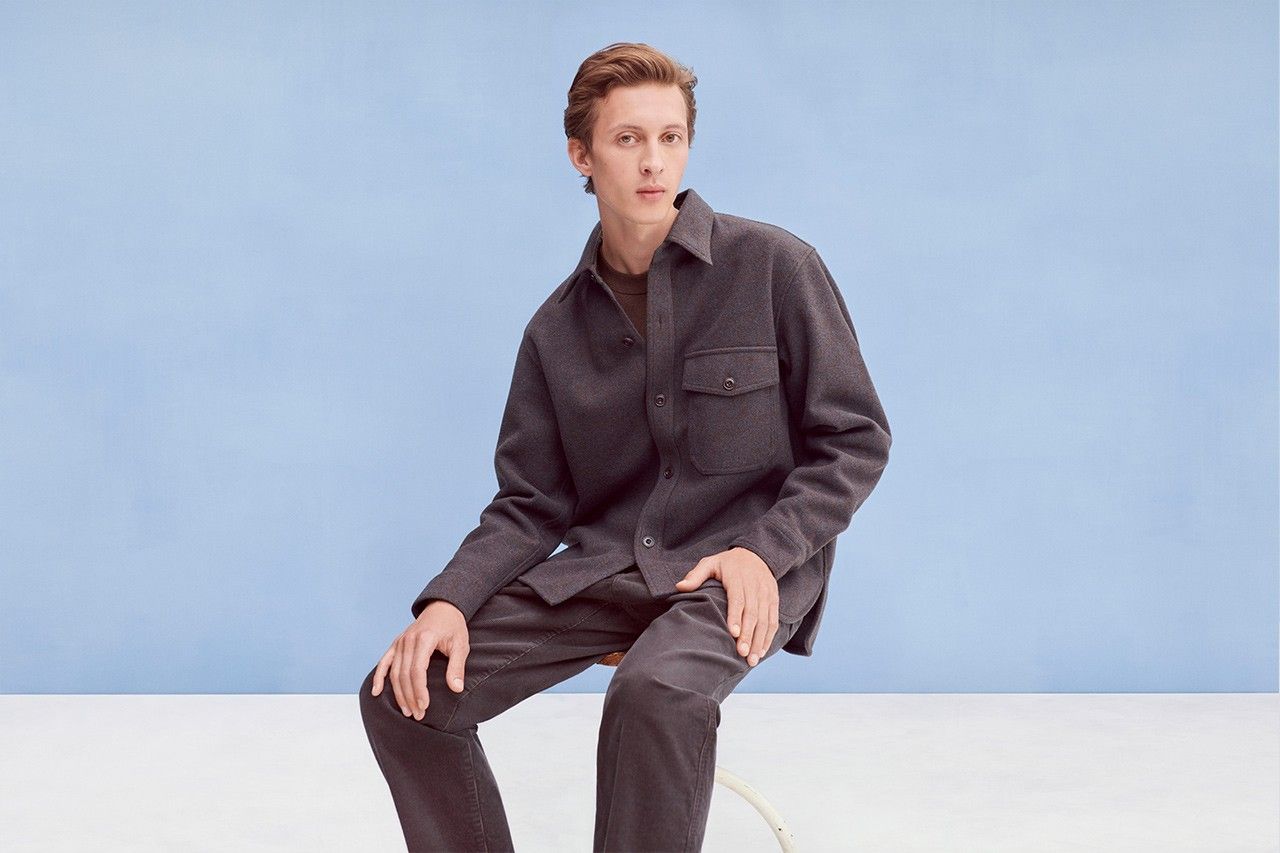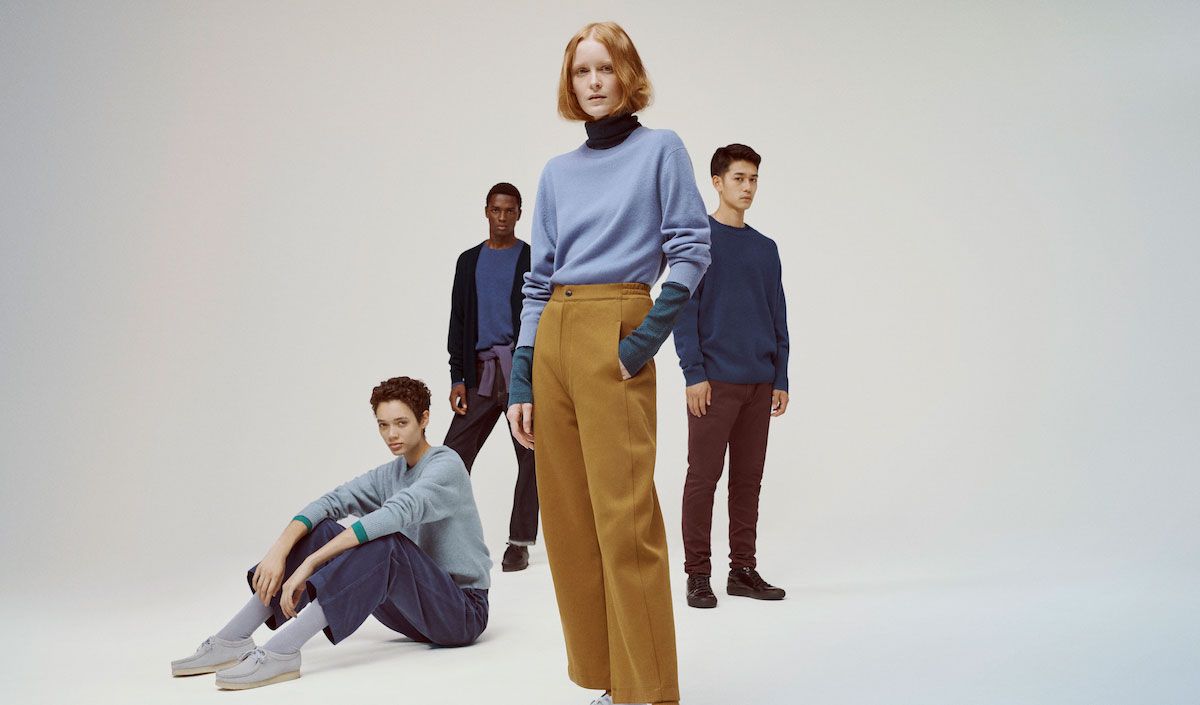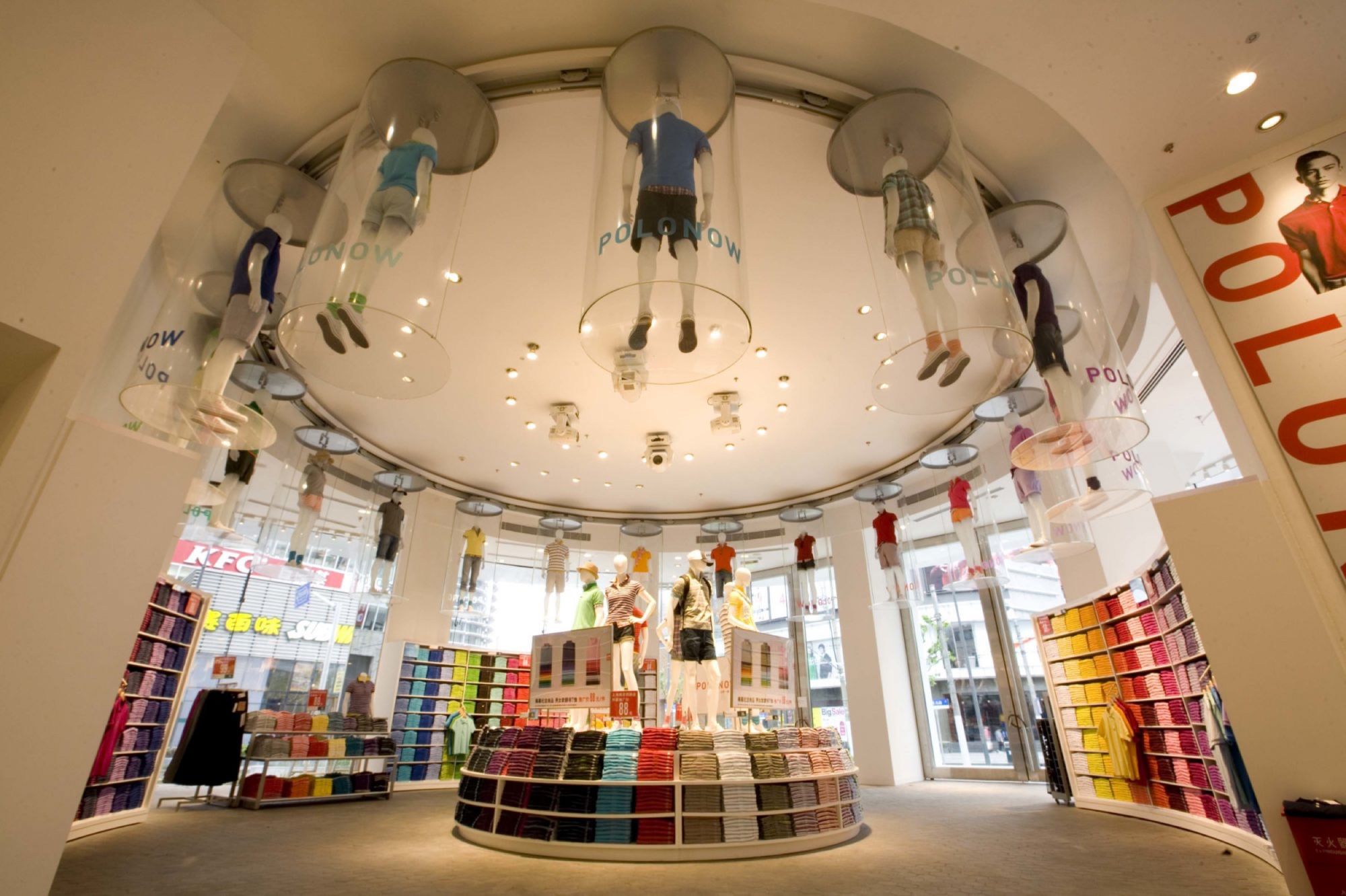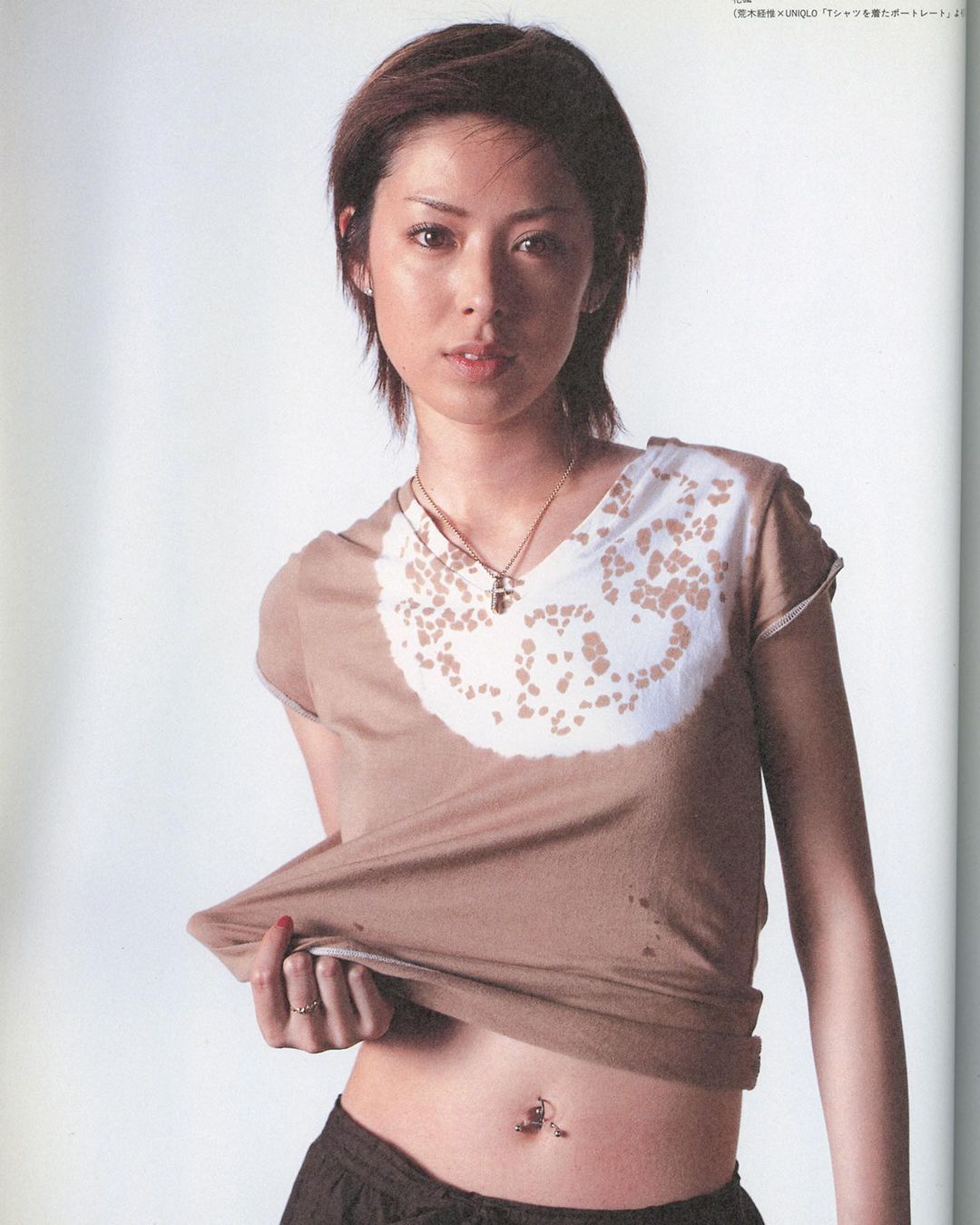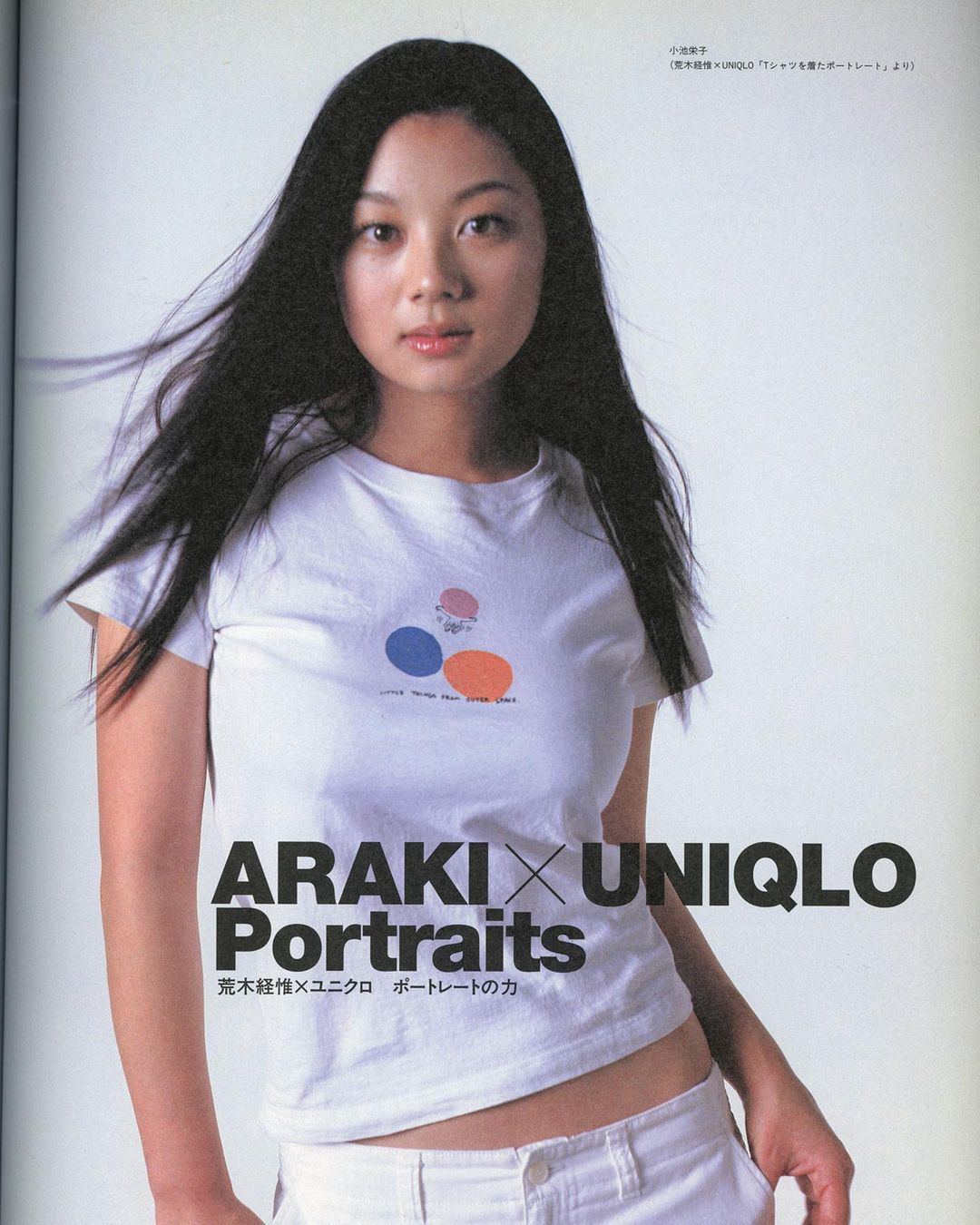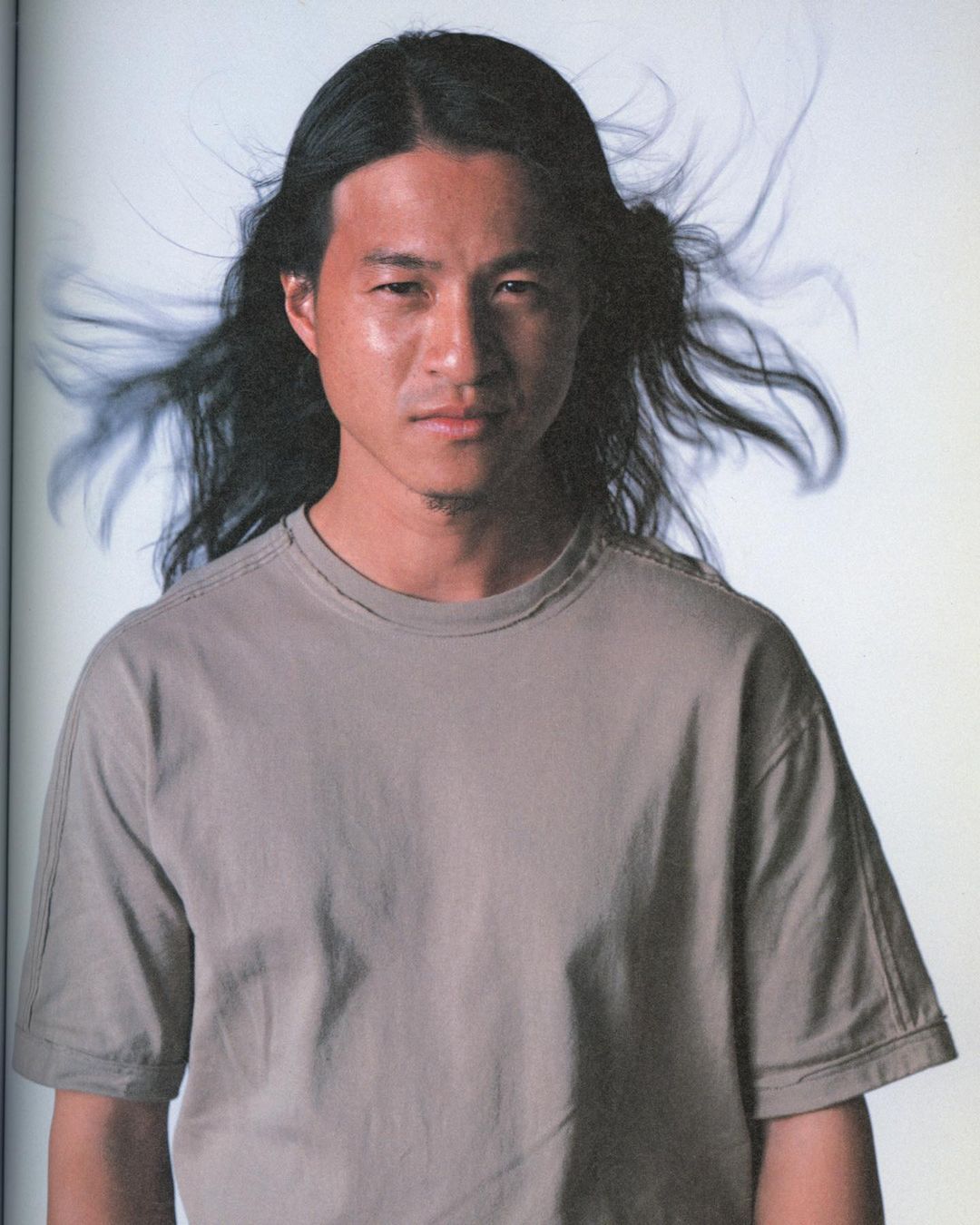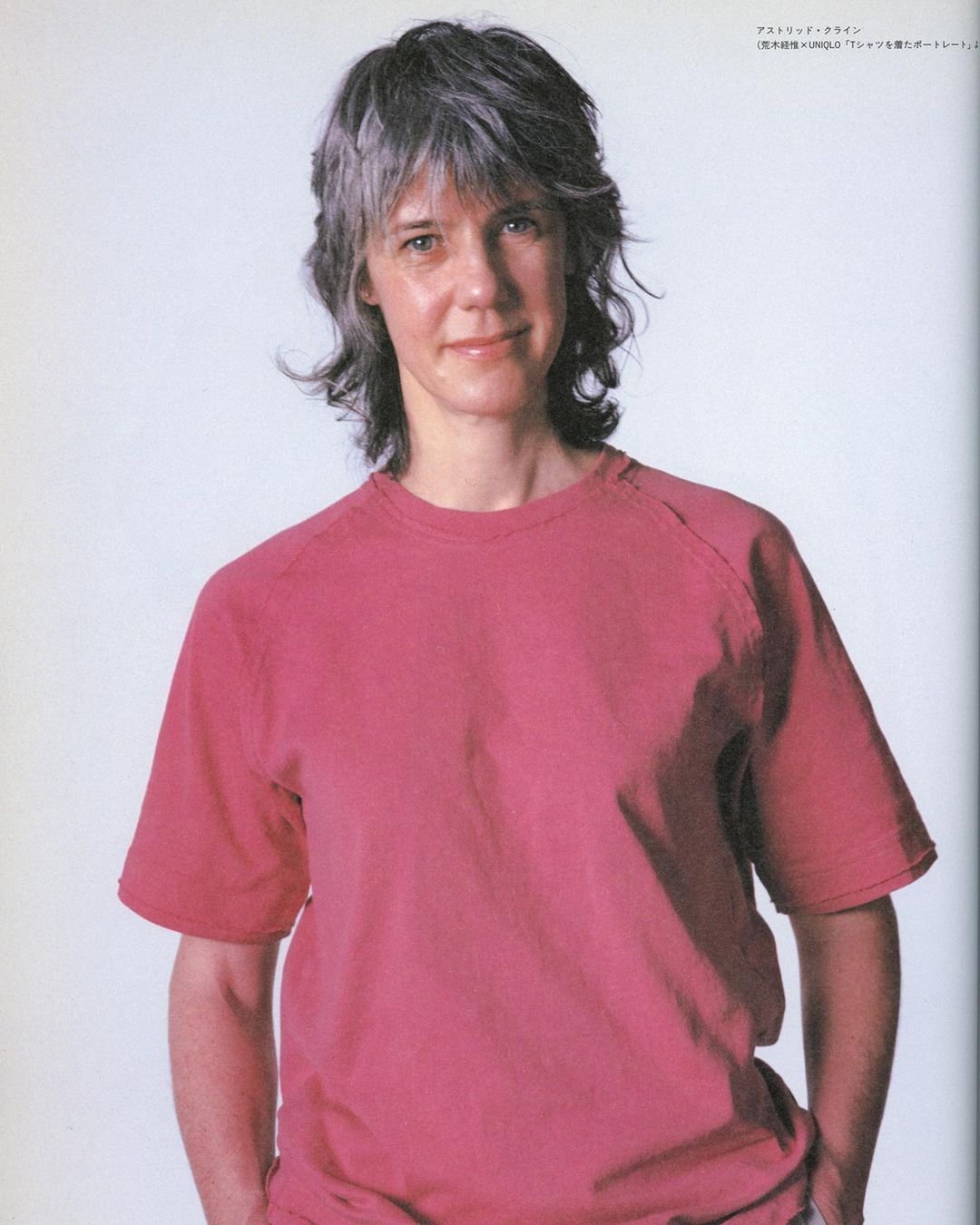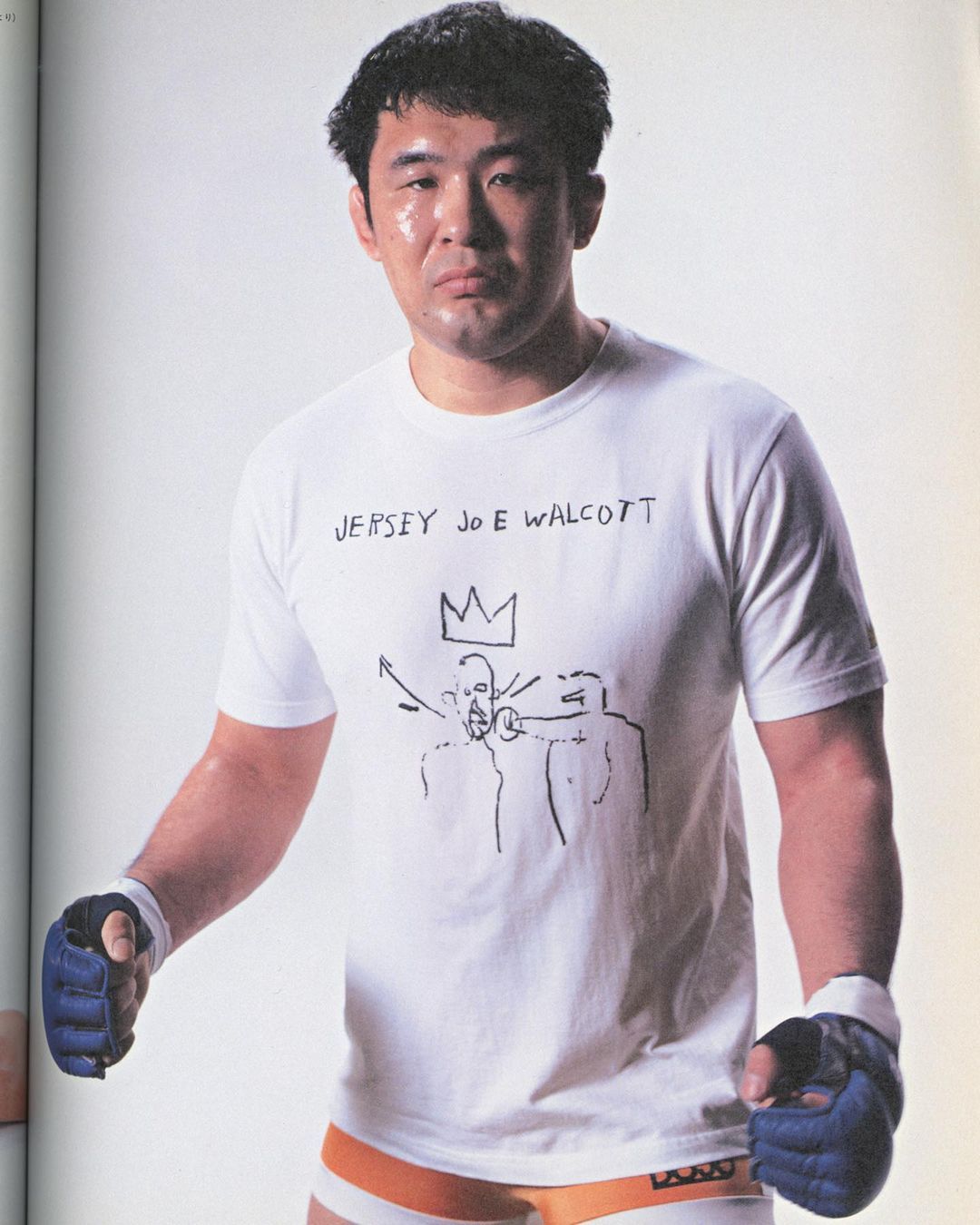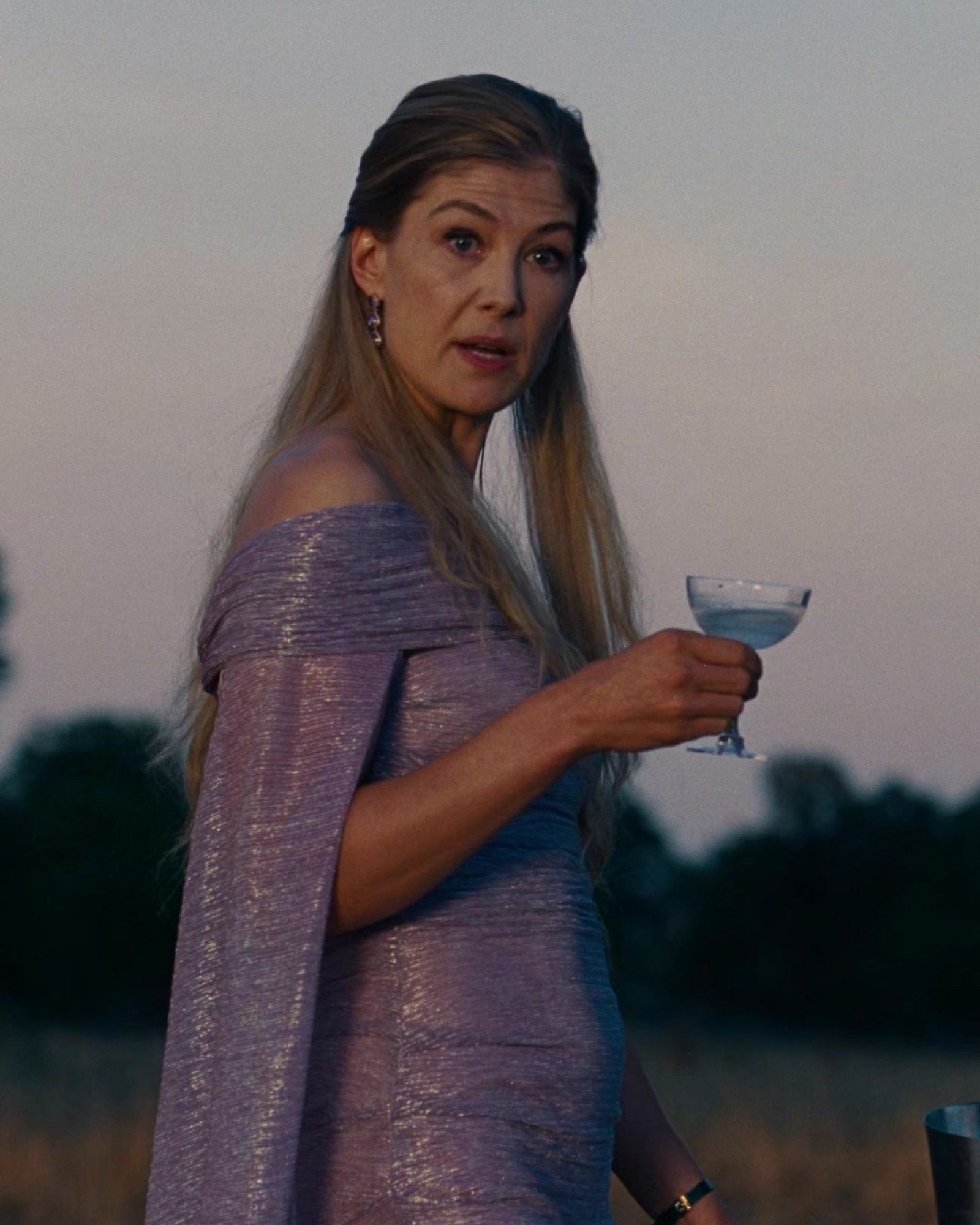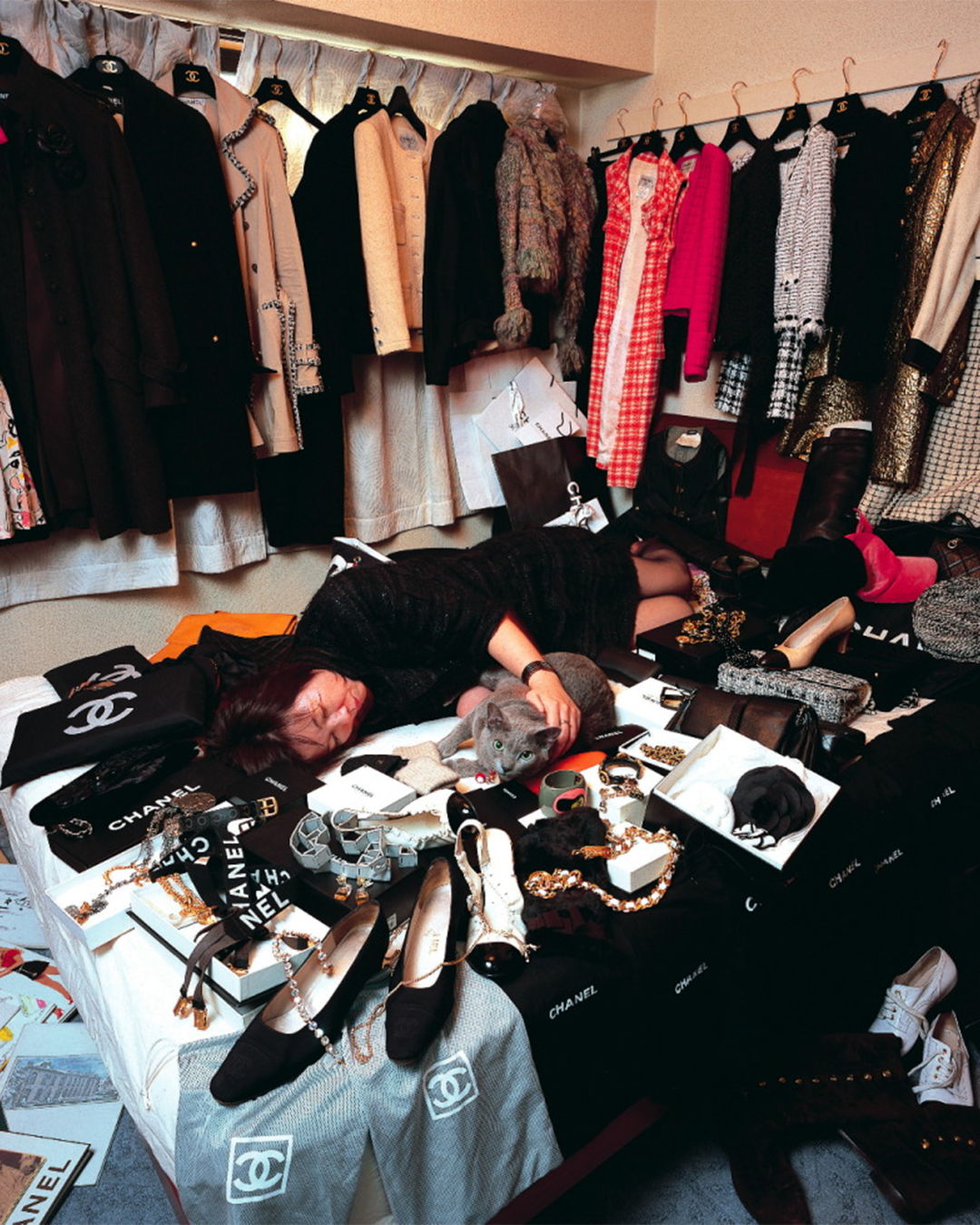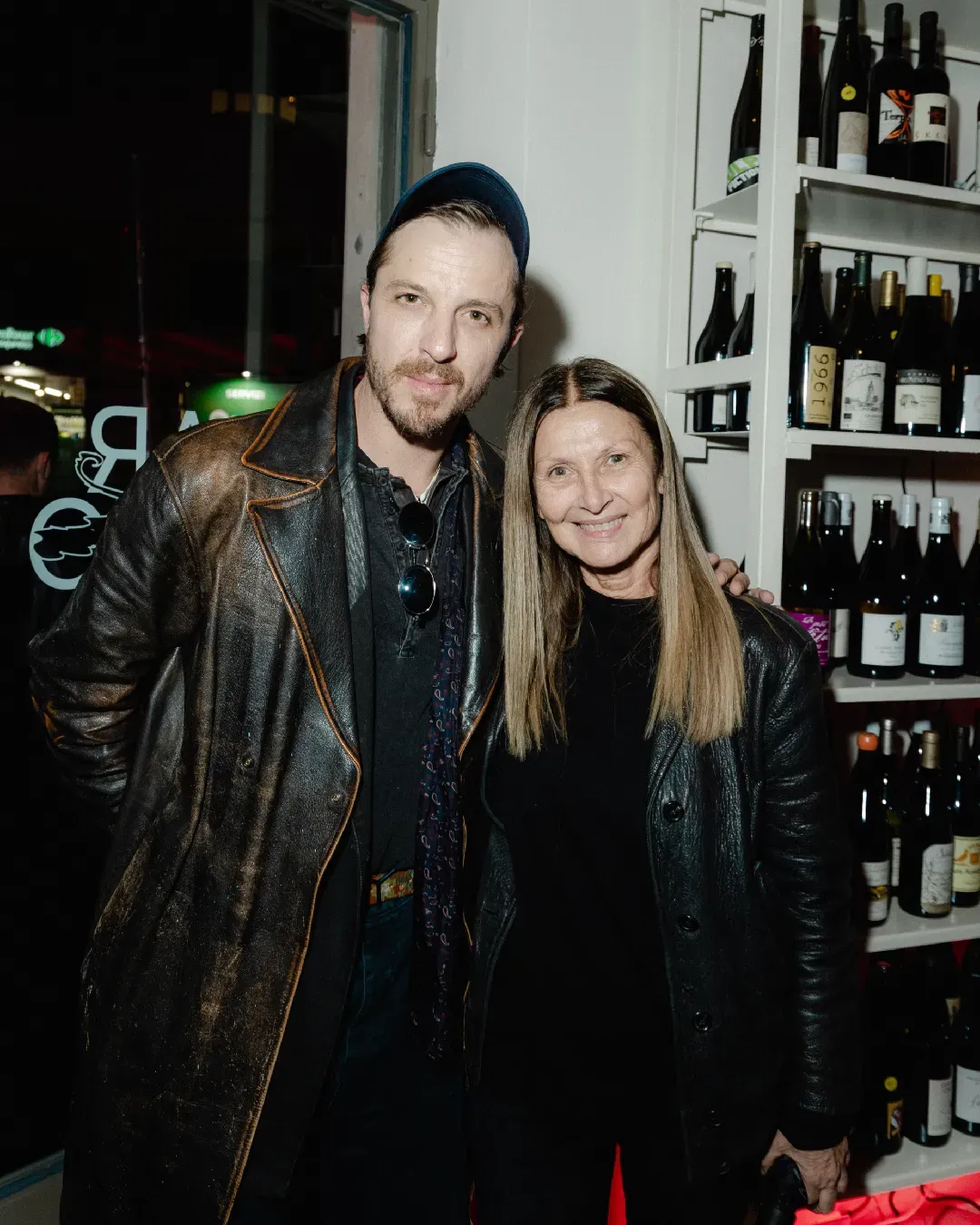
Uniqlo before Uniqlo Before the collaborations and the global success there was a typo and little hype
Before collaborating with Daniel Arsham and KAWS and before becoming the "good" alternative to fast fashion, Uniqlo was a brand born by mistake during the trademark registration process. When in 1988 the Ogori Shōji company tried to register the name Uni-Clo, a pun linked to the name of their Unique Clothing Warehouse store, it came up against a spelling error by the Hong Kong office that ended up giving life to the naming we all know. From that day it took several years before Uniqlo was able to achieve today's success, years that saw it progressively emerge from its national bubble up to slow and progressive expansion into the rest of the world, going from failures in the United Kingdom in 2003 to landing in the United States only two years later.
There are not many testimonies of what Uniqlo was like before the hype, a sort of damnatio memoriae to make us think of the Japanese brand solely as the giant made up of fascinating collaborations and stores in world capitals. Whether or not this is a coincidence, one of the few proofs of the pre-success period comes from a photoshoot taken in 2003 by Nobuyoshi Araki for the UNIQLO T Project, a series of portraits involving Japanese creatives and artists. Despite almost twenty years away, in Araki's shots we can already see many of the traits of the brand that we have been used to knowing: we find the white background, the common denominator of almost all Uniqlo's shots, but above all, we find the famous graphic tees of the brand with some of Basquiat and other illustrations. Comparing them with those we are used to seeing today, the photos subsequently exhibited in the Glass Hall of the Tokyo International Forum, still tell a brand in its first years of life, far from the serious style and immersed in the LifeWear mood that now dominates the collections and shots of each campaign. Despite this, Araki's work tells us about a brand that is in many ways already ahead of its competitors and able to anticipate some trends that arrived only several years later.
It will also be for what in the course of a few years Uniqlo has managed to reach many of its competitors, recovering in a short time the advantage accumulated by the other giants of fast fashion. In 2003, the same year in which the Japanese brand retreated from the United Kingdom by closing 16 stores, H&M opened its first store in Italy, in Milan, the same city that only two years ago hosted the first store Italian of Uniqlo. A strange intersection of coincidences that, however, manages to tell the rise of a brand that has been able to intercept trends and market changes, passing from being "the Japanese alternative to GAP" to a reality capable of playing a significant role in the fast fashion world as well as streetwear, signing collaboration with some of the most relevant names of recent years without ever forgetting its nature as a basic brand.
Not by chance of course, but the result of a strategy whose ultimate goal was to get there where the others had not yet succeeded: in 1997 the brand decided to adopt the SPA model (for speciality-store / retailer of private-label apparel) by independently producing their products and selling them exclusively, thus starting to look at the western market. First by taking up a production model already implemented by GAP and then by relying on The Brand Architect Group of Los Angeles to create a new logo. While in Japan the brand also imposed itself thanks to the country's economic recession, such as to lead citizens to choose quality apparel at low prices, to land in the United States Uniqlo decided to split from Fast Retailing, arriving in New York in 2005 and succeeding two years later to re-enter the list of the five major global retailers together with H&M, Inditex, Limited Brands and just GAP. Despite the heyday of fast-fashion, Uniqlo has never been found unprepared for the change of direction of recent years, managing to keep its slice of the public alive also thanks to the always lively union with luxury fashion, by Jil Sander to JW Anderson, always managing to stay one step ahead of others.












































